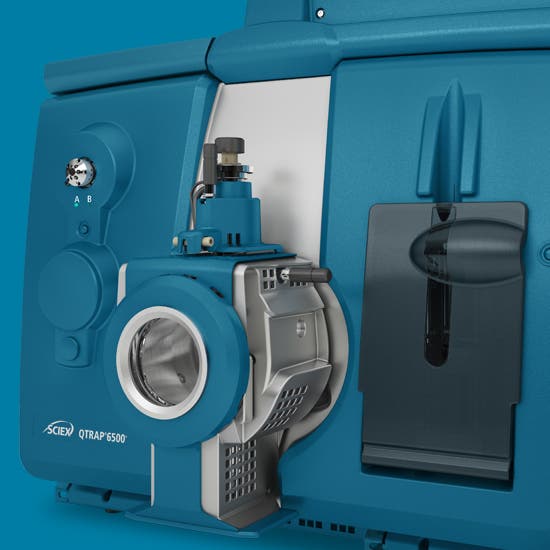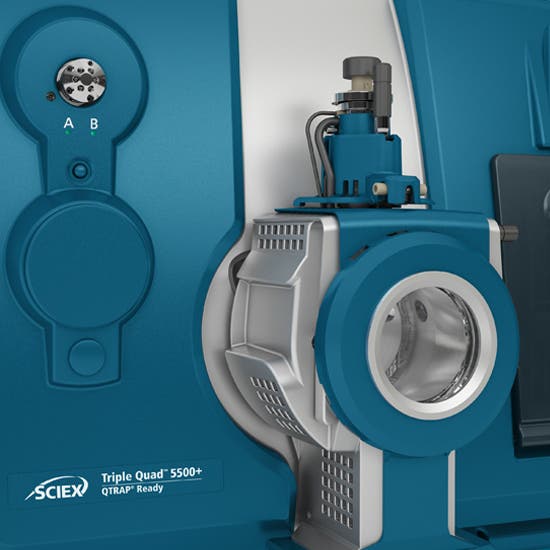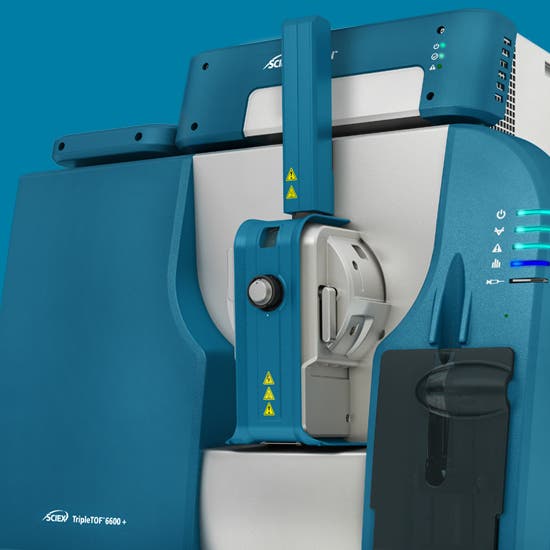LC-MS/MS assay development can be challenging, particularly for analytes that coelute with contaminants or become buried within background noise. The SCIEX SelexION differential mobility separation device (DMS) provides an extra level of selectivity so you can resolve difficult analytes and achieve higher confidence in detection and quantitation. Designed to install between the ionization source and the vacuum interface of your mass spectrometer, SelexION provides a further degree of separation beyond retention time and mass. SelexION uses gas phase differential ion mobility to enable the separation of coeluting compounds, isobaric and isomeric compounds, and compounds buried within high background noise. Instead of spending more time on LC separation strategies and sample preparation, SelexION simplifies your workflow with an innovative add-on separation solution. The SelexION differential mobility separation device:
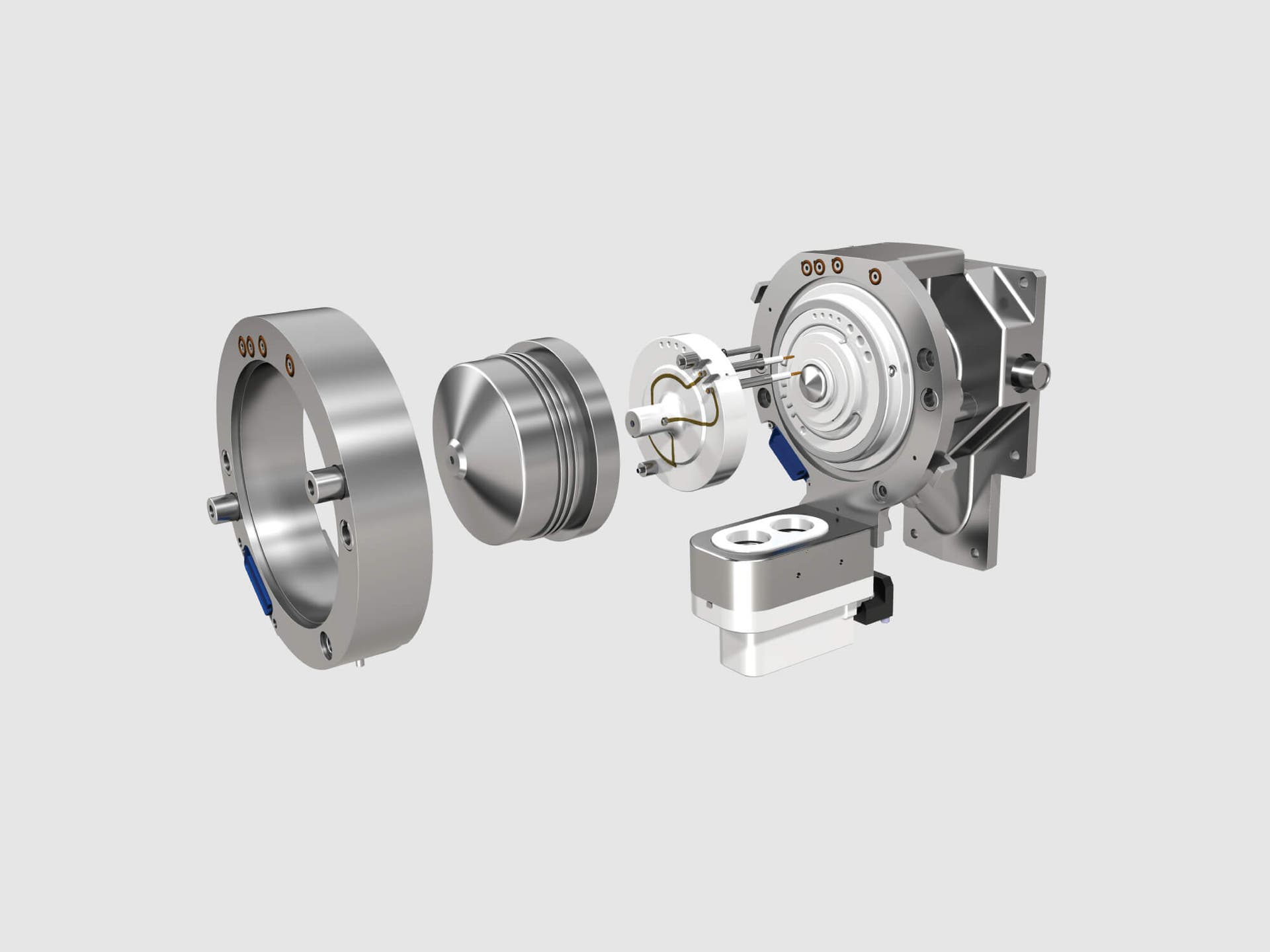
SelexION differential mobility separation
Status: Available Require more information? Learn more
- Provides a robust and reproducible additional level of selectivity and separation
- Installs and de-installs within 2 minutes without breaking vacuum
- Can be operated in a transparent mode for those assays where ion mobility is not required
- Can be used with optional chemical modifiers to further increase separation power
- Compatible with select SCIEX Triple Quad, QTRAP, and TripleTOF systems
- Compatible with a variety of ion sources including the NanoSpray ion source and the Turbo V™ ion source
- Compatible with fast UHPLC timescales
SelexION can enhance analyte detection, improve quantitation limits, simplify sample preparation, and shorten assay development time. With applications in food and environmental analysis, forensics, lipidomics, peptide and protein quantitation, and small molecule bioanalysis and metabolism, SelexION DMS can enrich your assays, streamline your workflows, and improve your overall productivity.
Key features
Easy to install
Robust and stable
The power of SelexION takes you beyond limitation
Overcome your most advanced analytical challenges
For scientists who are challenged by assays with isobaric interferences and difficult-to-separate co-eluting contaminants, this fast, reproducible and easy-to-use approach will enhance the selectivity of your LC-MS/MS separations.
Learn More >

Save time

Fast separation

Improve LOQ

Boost confidence

2-minute install
The perfect match for your lab
Explore SelexION device compatibility
Used in pharmaceutical, academic and food and environment testing labs across the globe, SelexION DMS technology brings the power of differential ion mobility to even routine users. The technology is compatible with several SCIEX Triple Quad™, QTRAP and TripleTOF platforms. Explore the table below to see what SelexION device is right for your system.
We also offer the SelexION+ ion mobility cell, currently available for use on the SCIEX 6500+ series mass spectrometers. The SelexION+ device is enhanced by a jet injector that reduces the ion residence time within fringing fields at the DMS inlet. This delivers a 2-fold increase in transmission over the standard SelexION device.
| Instrument | SelexION | SelexION+ |
|---|---|---|
| 5500 series | ✔ | |
| 6500 series | ✔ | |
| 6500+ series | ✔ | |
| TripleTOF 5600+ | ✔ | |
| TripleTOF 6600 | ✔ |
SelexION applications and workflows
Bring the power of SelexION technology to your application
From pharmaceutical drug discovery/development and lipidomic analysis to food, environmental testing and so much more, learn how SelexION technology has enhanced results in these key applications.
Lipidomic analysis
Novel lipid screening
Bioanalytical quantitation
Food contaminants
2-minute install
Get more from your mass spec
The best-in-class mass specs just got better
SelexION differential ion mobility technology takes some of the world's most advanced mass spectrometry systems and adds a new dimension of selectivity to enhance quantitative and qualitative performance. Compatible with many SCIEX systems, SelexION device can be installed and uninstalled within 2-minutes without breaking vacuum, giving you the freedom to use ion mobility technology as needed.
The science behind unmatched separation
SCIEX SelexION device is a small, planar mobility cell that significantly increases analytical separation power, even if compounds have identical molecular weights and chromatographic retention times, made possible by a mobility region and optional polar modifiers in the transport region.
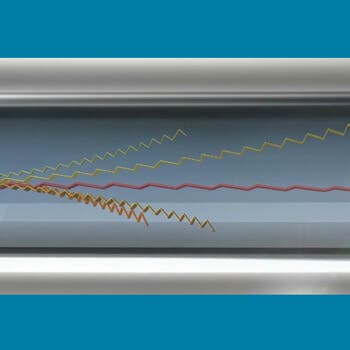
Mobility separation
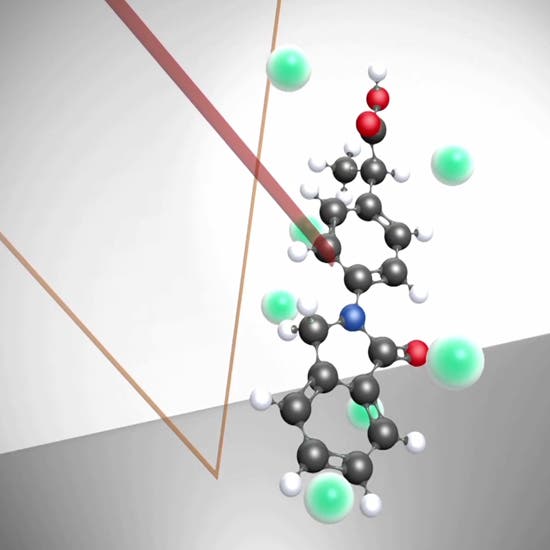
Modifier separation
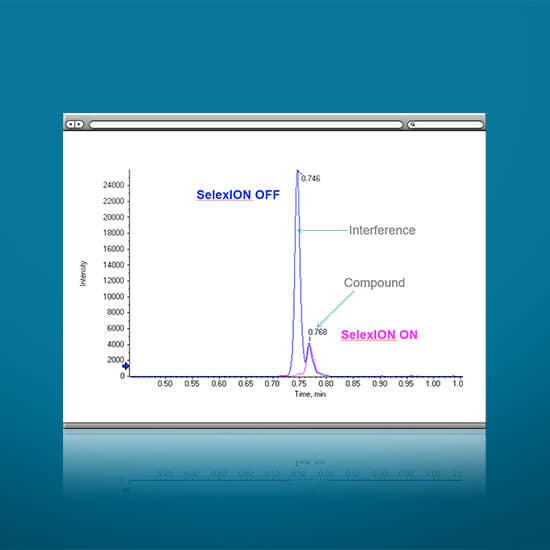
SelexION in action
A step above the rest: The better way to see more
SelexION offers a unique approach to separation that is unmatched by any other available method. Firstly, it is a planar device that separates ions based on differences in mobility in two different regions of the field dependent mobility curve (Ref 1). Secondly, due to its size, the system can operate with very short residence times with optimal performance when using chemical modifiers, and can be used in transparent mode to allow for maximal workflow flexibility.
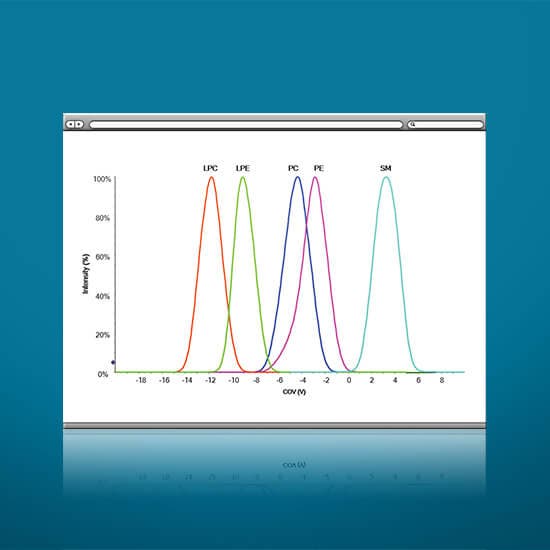
Enhanced isobaric separation
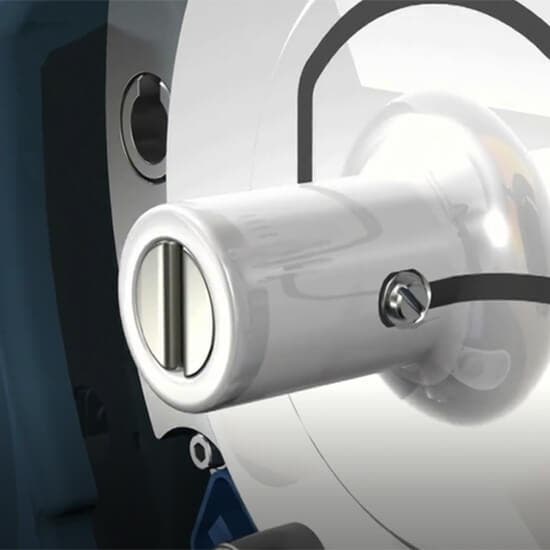
Planar resolving power
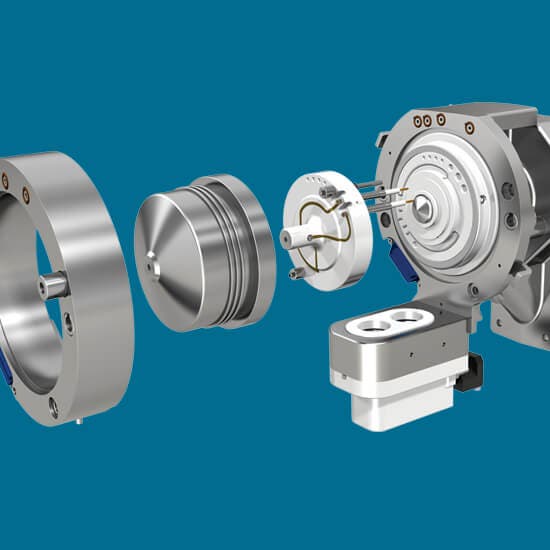
Separation flexibility
Learning center
-
PDF
Top-5 reasons to use SelexION technology
-
PDF
SelexION applications ebook
-
PDF
SelexION technology peer-reviewed publications
-
PDF
Pharma SelexION peer-reviewed publications
-
Video
Video- Introduction to SelexION DMS technology
-
Video
Video- SelexION technology in action
-
PDF
User guide- SelexION and SelexION+ systems user guide
-
PDF
SelexION ion mobility brochure
-
PDF
User guide- SelexION and SelexION+ technology troubleshooting
References:
- Schneider, B. B., Nazarov, E. G., Londry, F., Vouros, P. and Covey, T. R. (2016), Differential mobility spectrometry/mass spectrometry history, theory, design optimization, simulations, and applications. Mass Spec Rev, 35: 687–737.
- Shvartsburg AA, Prior DC, Tang K, Smith RD, “High-Resolution differential Ion Mobility Separations Using Planar Analyzers at Elevated Dispersion Fields”, Anal. Chem., 2010, 82, 7649-7655.
- Revercomb and Mason, “Theory of plasma chromatography/gaseous electrophoresis”, Anal. Chem., 47, 1975, 970-983.
- Shvartsburg AA, Li F, Tang K, Smith RD, “High-Resolution Field Asymmetric Waveform Ion Mobility Spectrometry Using New Planar Geometry Analyzers”, Anal. Chem., 2006, 78, 3706-3714.
- Krylov EV, Nazarov EG, Miller RA, “Differential Mobility Spectrometer: Model of Operation”, Int. J. Mass Spectrom., 266, 2007, 76-85.


